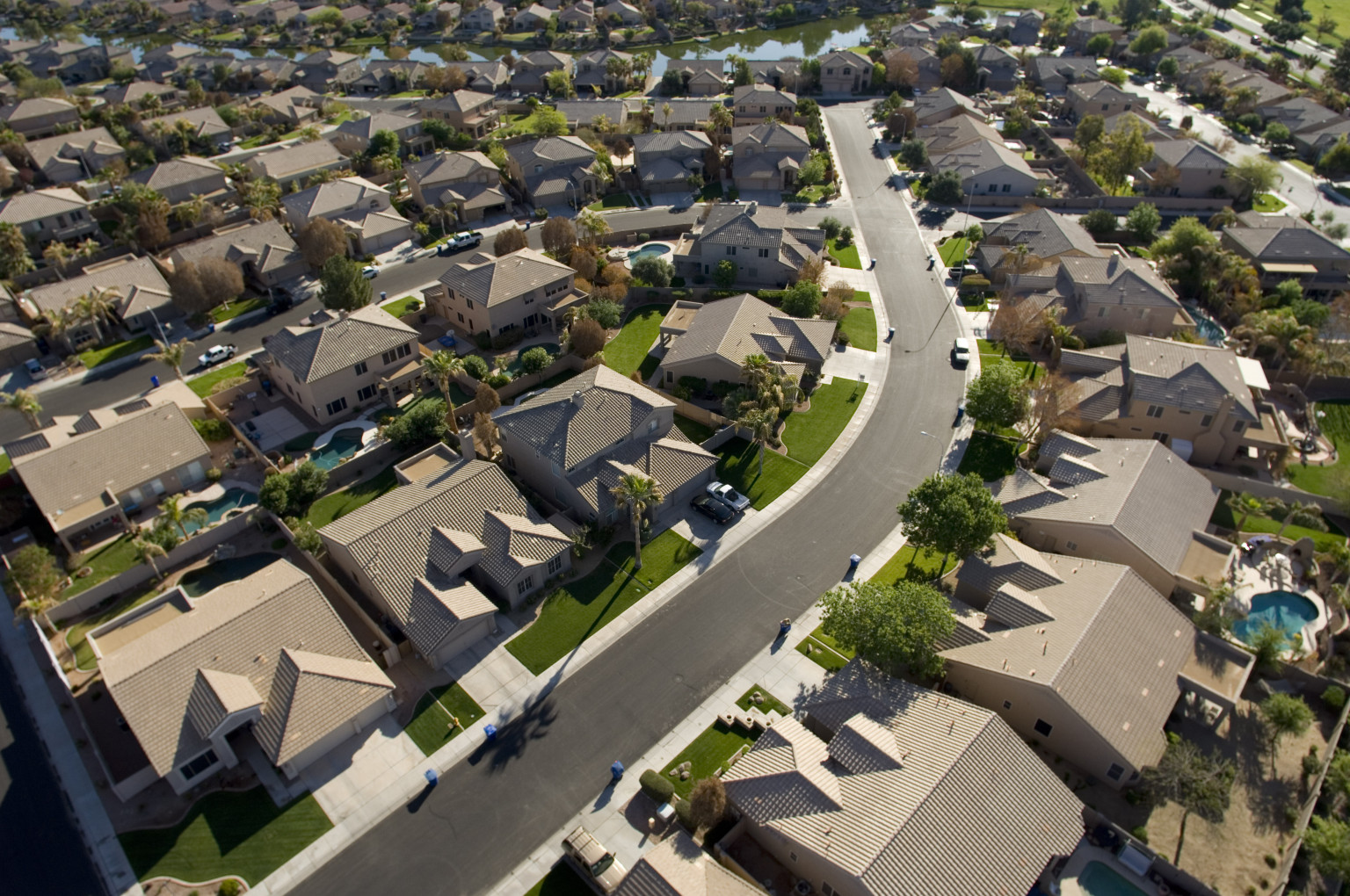The Suburban Ghetto: Today one in three poor Americans, about 16.4 million people live in the suburbs.
- 1 Comment
We tend to think of the suburbs as middle class utopias. When people think of the American Dream they usually draw up a picture of a home with a picket white fence in the suburb. Poverty is usually left to inner cities and crammed multi-family dwellings. So it might come as a surprise that over the last decade the fastest growing segment of poverty occurred in the suburbs. It occurred in this market as people were driven out of city centers where prices surged and people were driven further outside of the city. In the past, this push out was usually done by choice for quality of life and family purposes. This time, it has happened by economic force and poverty in the suburbs is exploding. This goes hand in hand with the shrinking middle class.
The suburban poverty sprawl
There is some troubling data showing the poverty epidemic hitting the suburbs:
“(Report) Between 2000 and 2011, the number of people living in poverty in the U.S. grew from 33.9 million to a record 46.2 million. Increasing poverty touched all kinds of communities during the 2000s, but poverty grew fastest in the suburbs. Between 2000 and 2011, the number of poor residents in the suburbs of the nation’s largest metropolitan areas grew by 64 percent—more than twice the growth rate in cities. For the first time, suburbs became home to more poor residents than America’s big cities. Today, one in three poor Americans—about 16.4 million people—lives in the suburbs.â€
This new poverty in the suburbs creates a unique set of challenges. First, many suburbs require transportation into city centers for work. This causes additional financial strain on already tight budgets since getting to work requires additional transportation costs. And the options for public transportation which might be poor near city centers become virtually non-existent in suburbs.
This outward gentrification is being caused by the rise in housing prices near city centers. There has been a trend for higher housing prices at city centers. Higher housing costs drive out many families that simply cannot compete in this area and ironically many end up in the suburbs because in some areas they may be more affordable.
Big investors have invested a large sum of money into the housing market over the last decade causing housing prices to go up while regular buyers are priced out. The trend is happening nationwide:
“(NBC) Seattle, like many cities, has had a boom in housing costs. Many in the tech industry are looking for homes in the city to be closer to jobs and to shorten commutes. Housing prices in the city rose an exorbitant 53 percent in the last four years, according to S&P Case-Shiller Index.
Other cities, including Denver, Dallas, and Minneapolis have seen similar increases in housing costs.â€
Law makers in Seattle are trying to respond to this shift by increasing public transportation options to suburbs. It might be difficult to combat simply because the market is responding faster than public policy can change.
I’ve seen this shift in the suburbs occur across the country. Simply visiting these markets is odd since you might be in an area where homes are brand new and beautiful but the area is made up of large numbers of rentals. The suburbs of only a few decades ago were full of owner-occupied units. That seems to be very different today.
We now have 16.4 million people living in poverty in the suburbs. This amounts to one out of three Americans that live in poverty now calling the suburbs home. The American Dream has really taken on a new meaning.
If you enjoyed this post click here to subscribe to a complete feed and stay up to date with today’s challenging market!1 Comments on this post
Trackbacks
-
nichole said:
I moved to the suburbs 5 years ago right on the Delaware-Maryland line. The homeless population has exploded in this area in this short period of time. I used to see 1 or 2 standing at nearby intersections, but now they are occupying all intersections and small shopping plazas.
Initially, I found it odd that any homeless group could survive in the suburbs, but it seems they live in wood commercial tracts of land behind the developed shopping plazas. They walk along the 2 lane highways and catch the bus from one plaza to the next. It has become very uncomfortable to wash my car as they are always passing through the parking lots.
Thankfully, my home sold recently because I was worried what the neighborhood would like in another 2-5 years. I just has to get out before the election. There us still too much uncertainty. I see owning a home as a huge liability right now.
November 8th, 2016 at 1:36 pm

 If you enjoyed this post click here to subscribe to a complete feed and stay up to date with today’s challenging market! Â
If you enjoyed this post click here to subscribe to a complete feed and stay up to date with today’s challenging market! Â